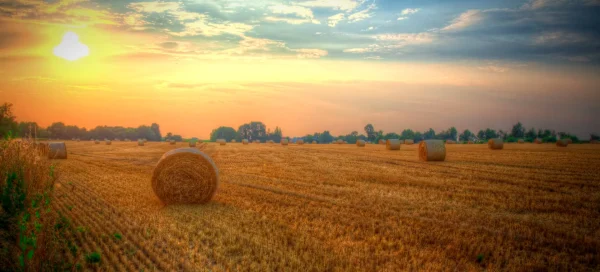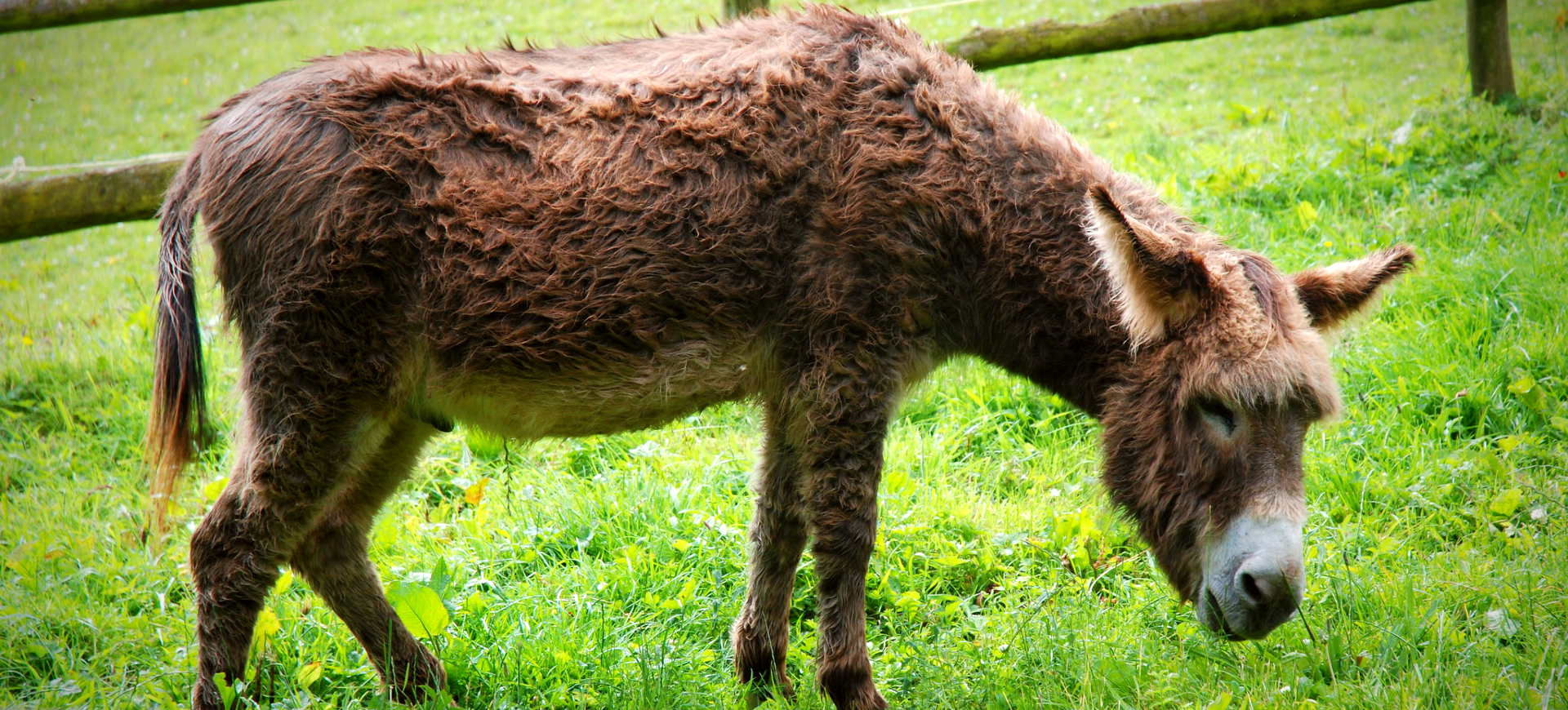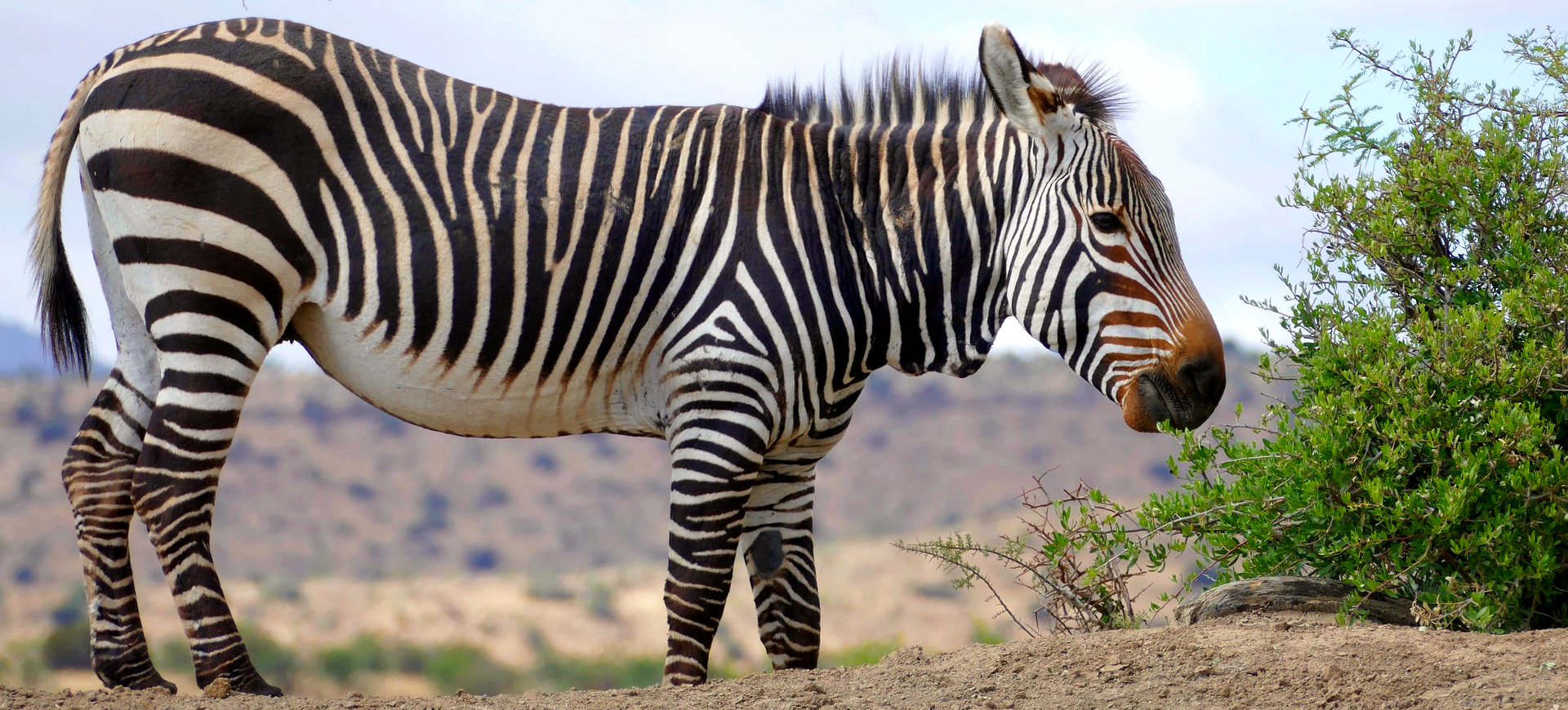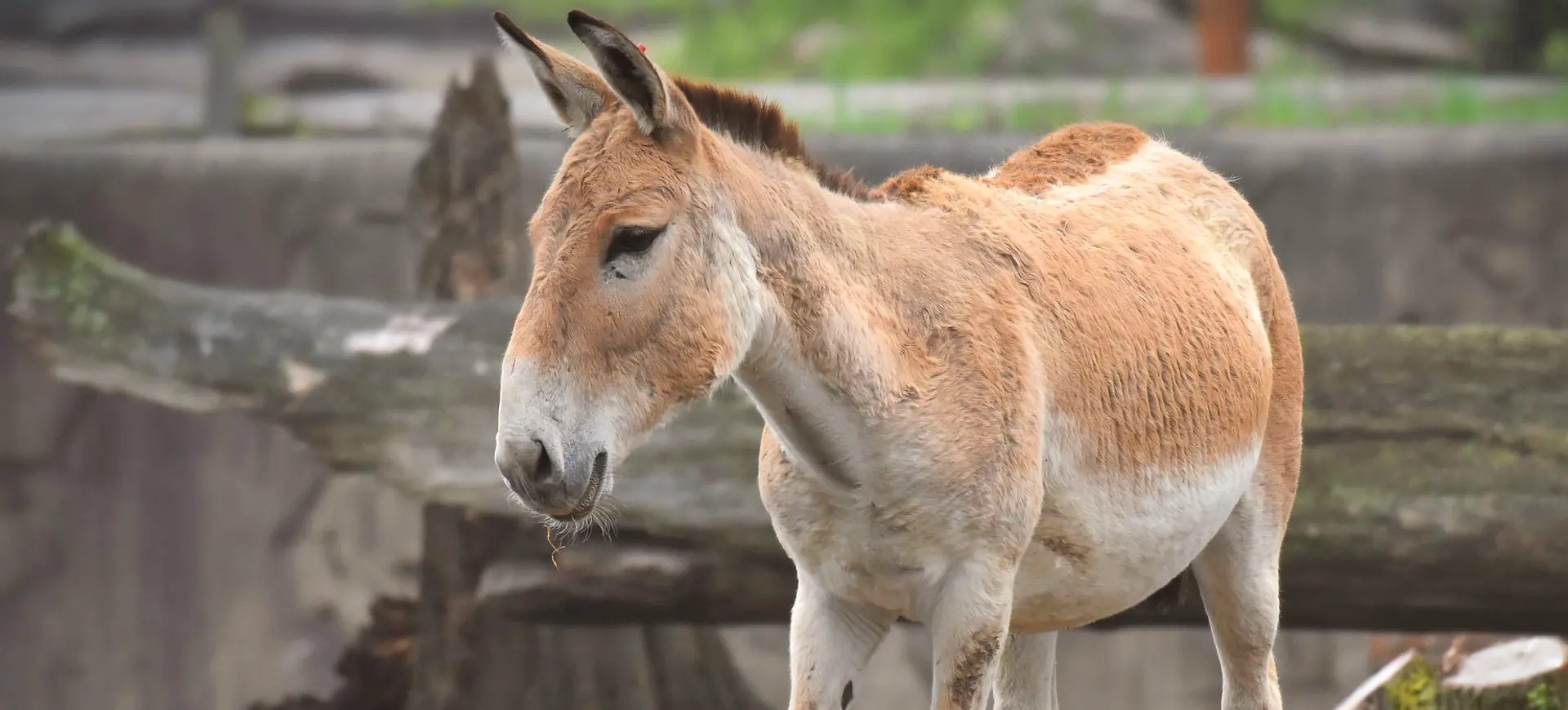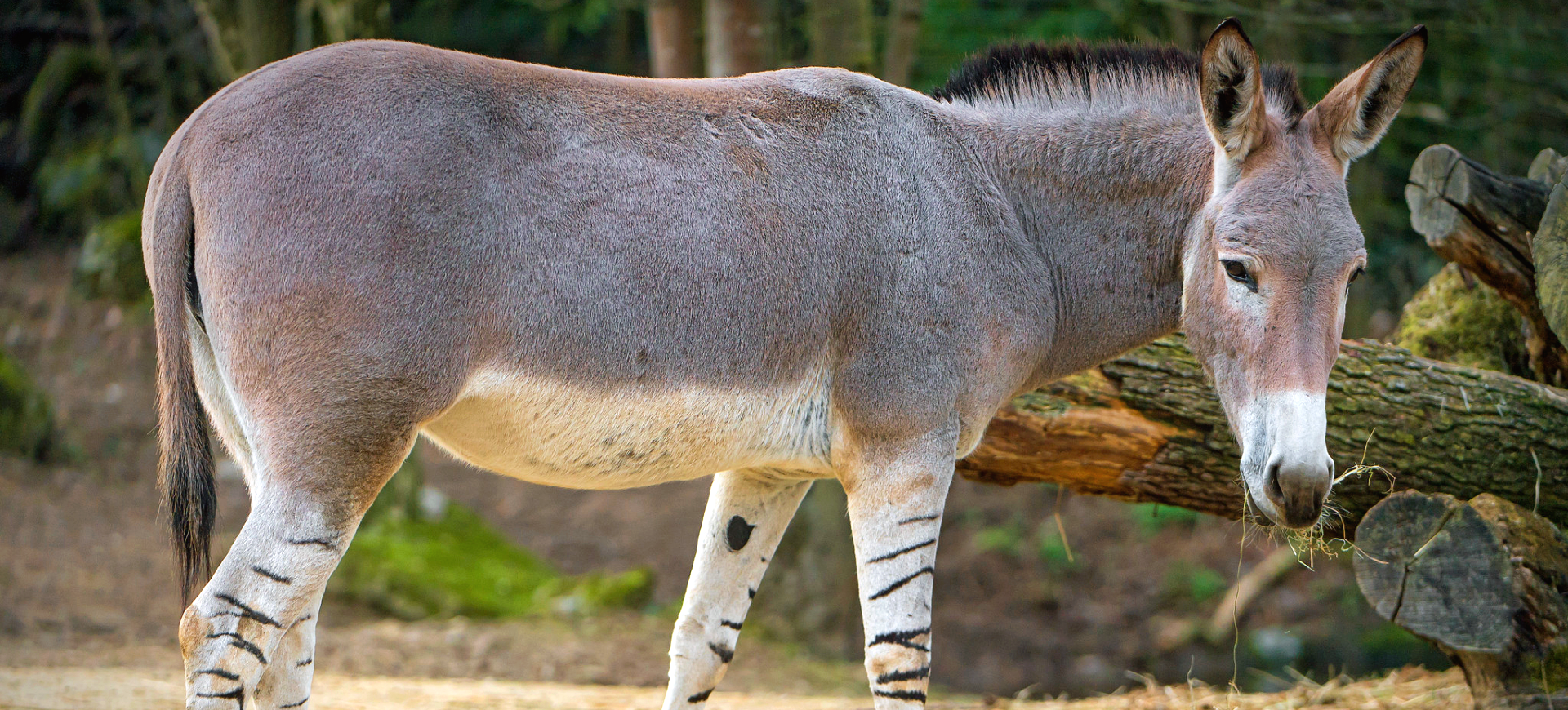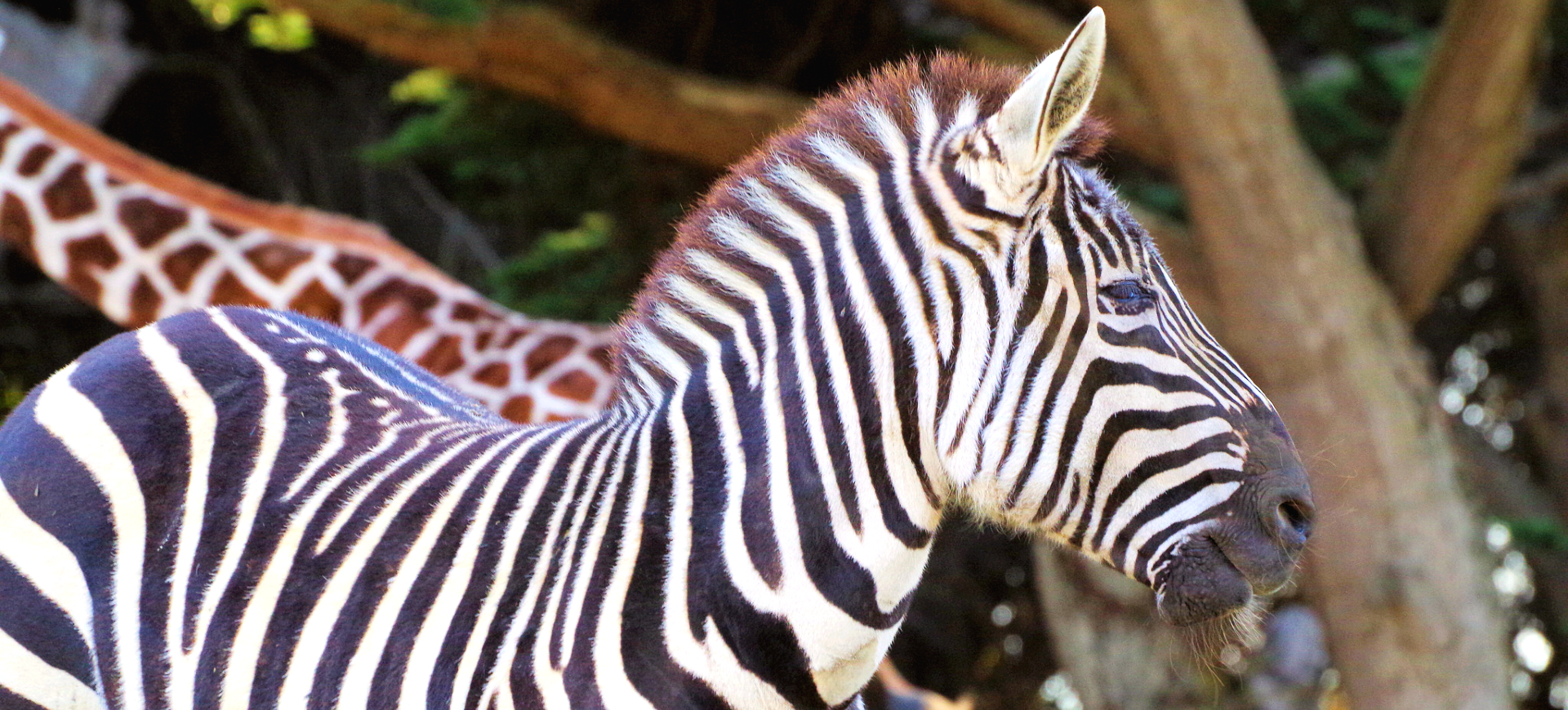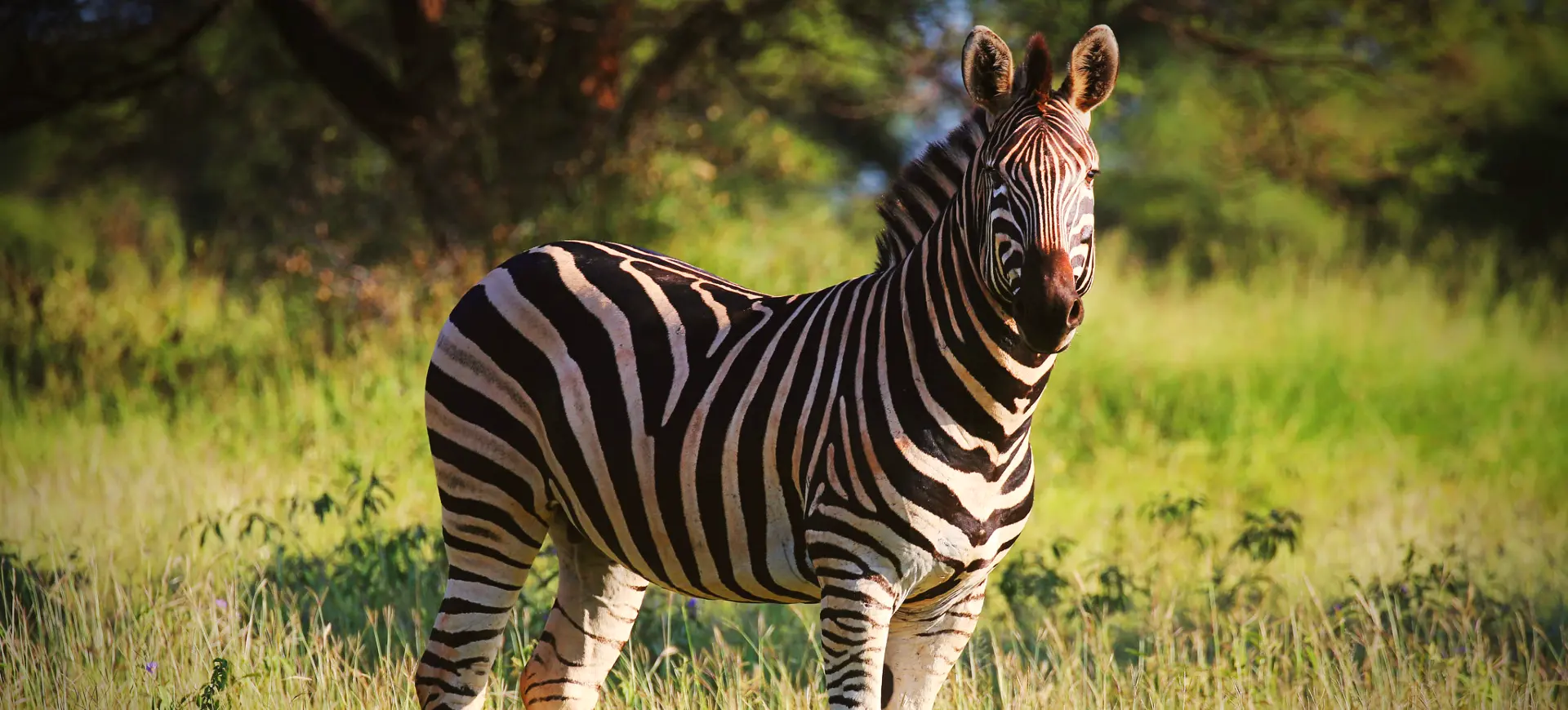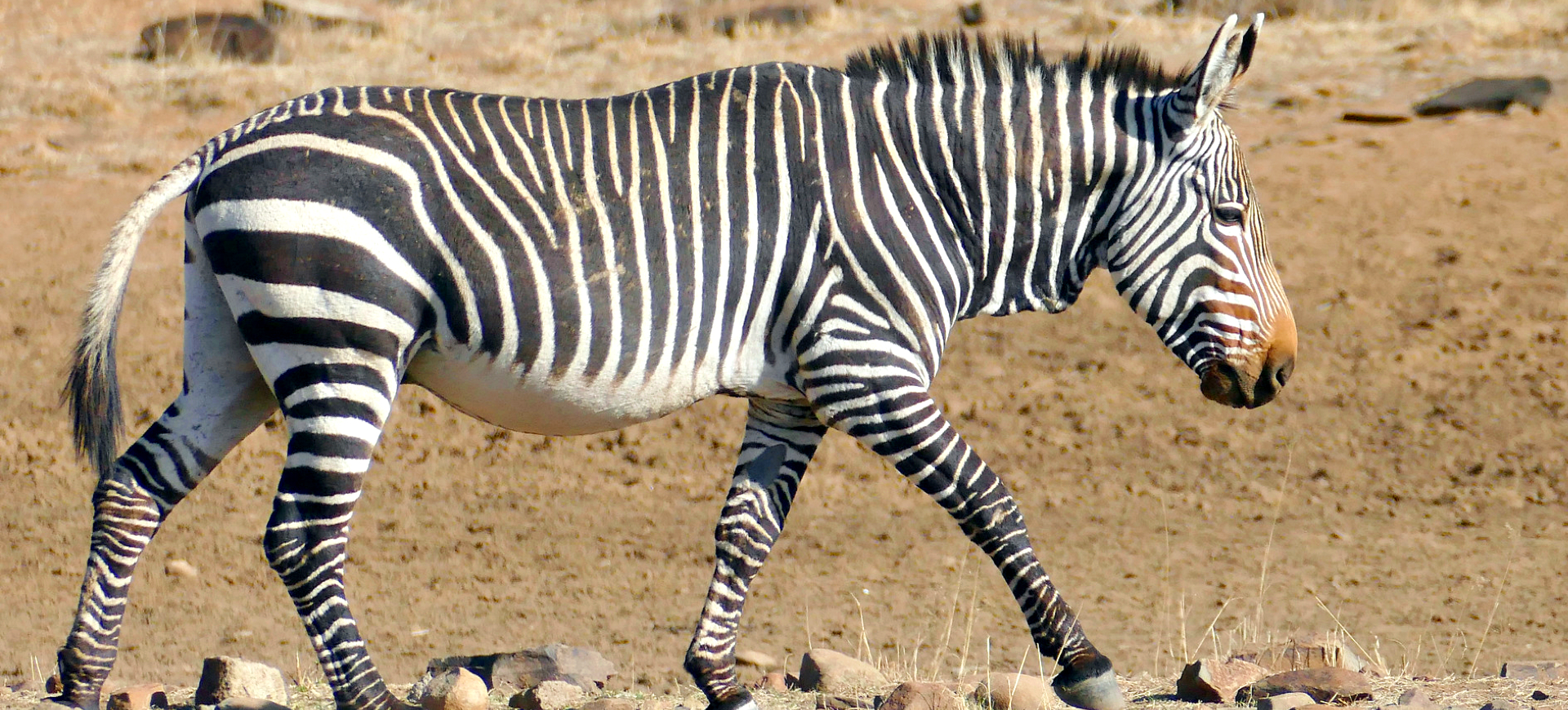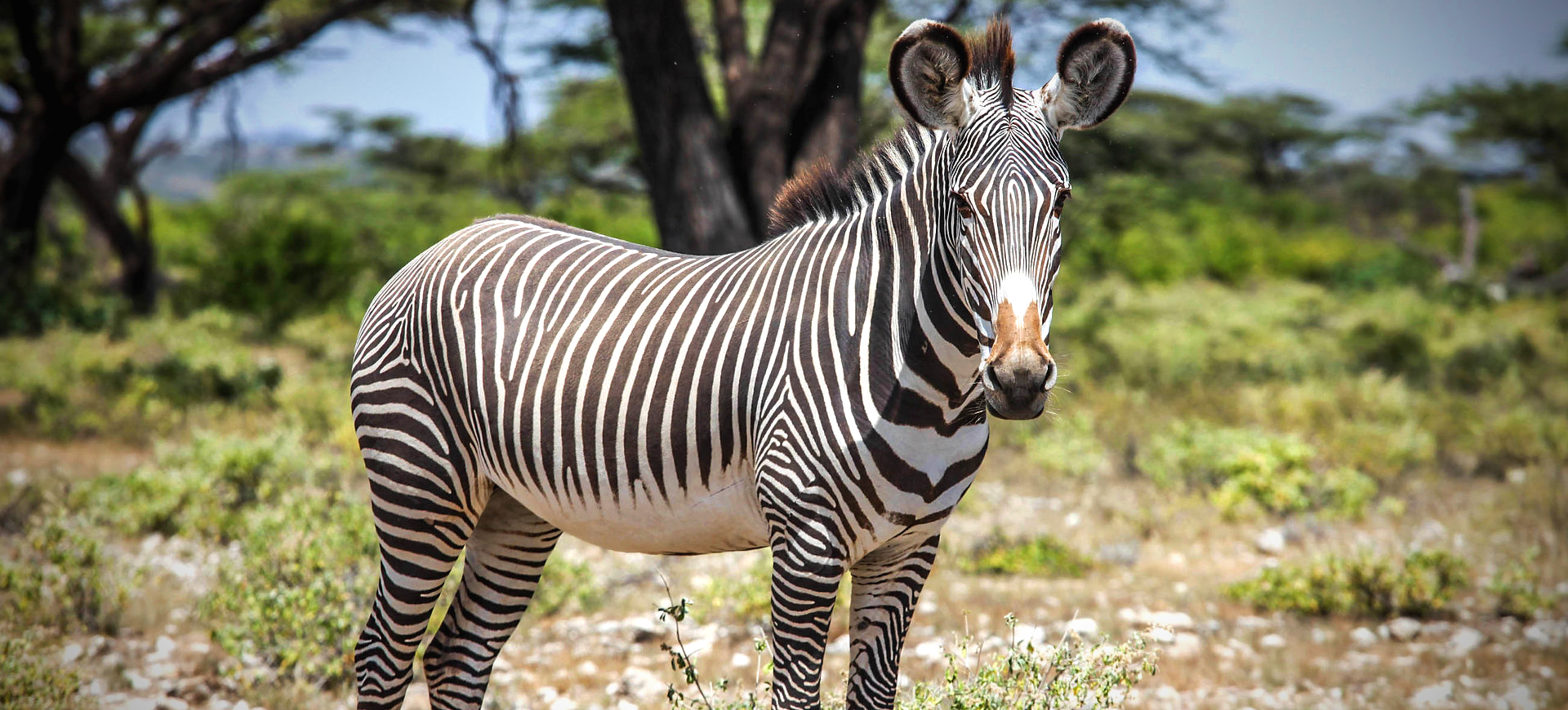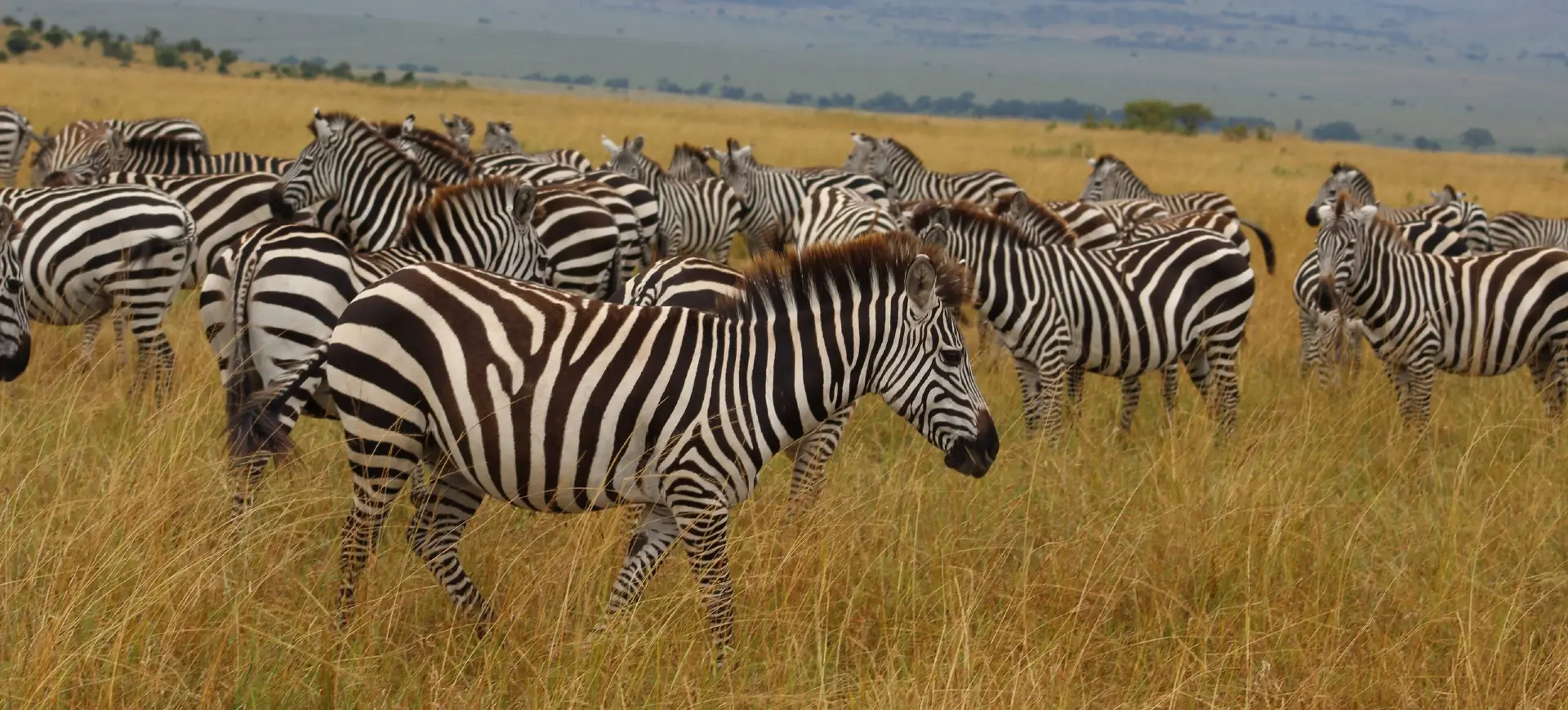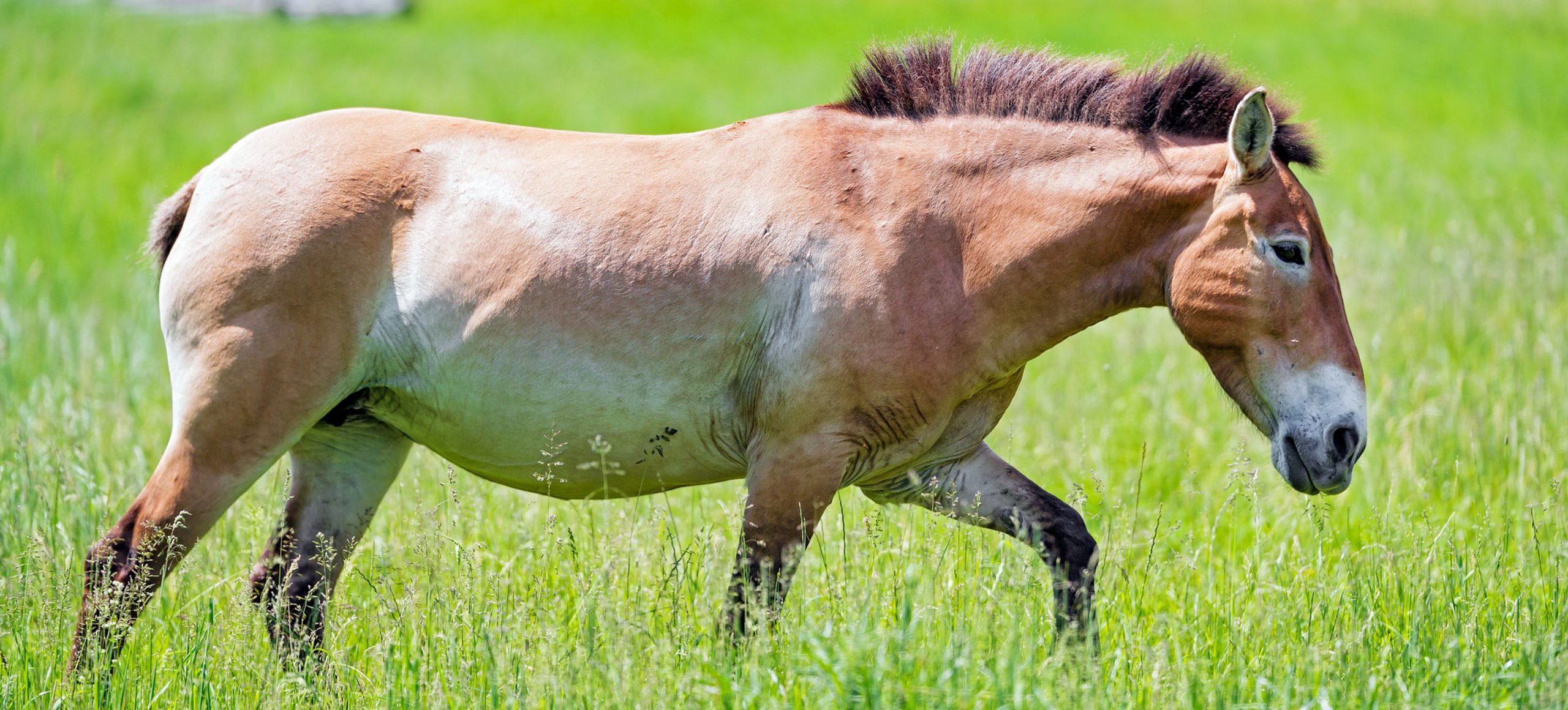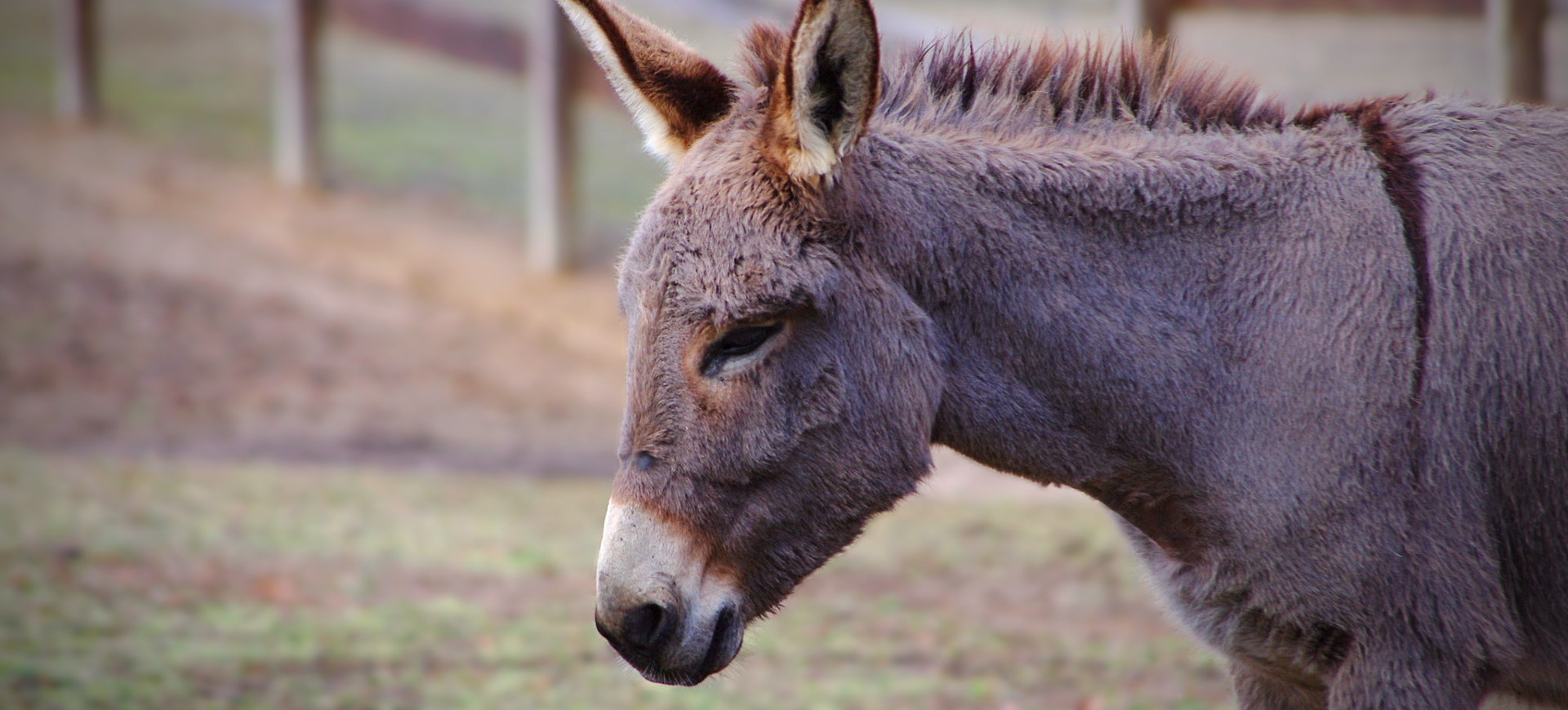Overview
The Domestic Horse, Equus ferus caballus, is a subspecies of the wild horse and has been a close companion to humans for thousands of years, serving various roles from transportation to companionship. Characterized by their strong build, horses have been selectively bred over centuries, resulting in a wide range of breeds with diverse sizes, colors, and temperaments. These animals possess a unique blend of strength, intelligence, and sensitivity, making them capable of performing various tasks, including riding, pulling, and competitive sports.
Horses have been crucial in human history, influencing transportation, agriculture, and warfare. They continue to be valued for practical purposes and recreational activities such as equestrian sports, trail riding, and therapy. Despite their domestication, horses retain a strong instinctual behavior, including a well-developed fight-or-flight response, making their training and handling an exercise in understanding and partnership.
The relationship between humans and horses is marked by a deep bond that has been celebrated in art, literature, and mythology. Breeders, historians, and scientists alike are interested in the conservation of various horse breeds and the preservation of their genetic diversity. Efforts to protect wild horse populations, such as Przewalski’s horse, are also part of broader conservation endeavors to maintain our planet’s natural heritage and biodiversity.
Taxonomy
Kingdom
Phylum
Class
Order
Family
Genus
Species
Type
Physical Description:
Domestic Horses vary widely in appearance due to selective breeding, with heights ranging from the small Miniature Horse to the tall Shire Horse. Coat colors and patterns are diverse, including bay, black, chestnut, gray, and pinto. Their physical characteristics, such as muscle composition, limb length, and mane and tail thickness, are often bred for specific purposes or aesthetic preferences.
Horses are known for their flowing manes and tails, expressive eyes, and large, powerful bodies capable of remarkable speed and endurance. The structure of their hooves and legs allows for their notable agility and strength, which are crucial for their riding, racing, and work roles. Each breed has unique characteristics that suit it for various activities, from the fast Thoroughbreds used in racing to the strong Clydesdales used for pulling.

Lifespan: Captivity: ~30 Years

Weight: Male & Female: 900-2,200 lbs (408-998 kg)

Length: Male & Female: 38-96 in (97-244 cm)

Height: Male & Female: 34-72 in (86-183 cm)

Top Speed: 44 mph (71 km/h)
Characteristic:
Native Habitat:
The Domestic Horse, as we know it today, does not have a “native” habitat per se, as its ancestors were domesticated thousands of years ago. However, the wild ancestors of modern horses roamed across Europe, Asia, and North America. Today, domestic horses are found worldwide and can adapt to various habitats, from grasslands and deserts to mountains and wetlands, depending on the care and shelter humans provide.
Horses require environments that offer ample space for grazing, exercise, and social interaction with other horses. Their adaptability to various climates and environments has been key to their integration into many aspects of human society and culture. Managing domestic horses involves providing appropriate shelter, space, and nutrition to meet their physical and psychological needs.
Climate Zones:
Biomes:
WWF Biomes:
Biogeographical Realms:
Continents:
Countries:
Diet:
Diet & Feeding Habits:
Domestic Horses are primarily herbivores. Their diet consists mostly of grasses, hay, and grains, supplemented with fruits, vegetables, and specialized feeds for additional nutrition. They have a unique digestive system that includes a simple stomach and a large hindgut, allowing them to process large amounts of roughage efficiently. This dietary requirement reflects their evolution as grazing animals, necessitating access to large pasture areas or quality hay.
Feeding practices vary depending on the horse’s activity level, health, and nutritional needs, with performance horses often requiring more energy-dense diets. Proper nutrition is crucial for maintaining horses’ health, performance, and longevity. Issues such as colic, laminitis, and metabolic disorders can arise from improper feeding, highlighting the importance of a balanced diet and regular veterinary care.
Mating Behavior:
Mating Description:
Domestic Horses typically mate through managed breeding programs that select for specific traits, such as speed, temperament, or physical characteristics. Stallions (males) are bred with mares (females) during the breeding season, which can vary based on geographic location but generally occurs in spring and early summer. Horses have a gestation period of approximately 11 months, resulting in the birth of a single foal.
Foals are born relatively mature and can stand and nurse within a few hours of birth. Maternal care is crucial in the early months, with weaning occurring between 4 and 6 months. Breeding practices in horses are carefully managed to maintain or enhance breed characteristics, prevent inbreeding, and ensure the health and welfare of mares and foals.
Reproduction Season:
Birth Type:
Pregnancy Duration:
Female Name:
Male Name:
Baby Name:
Social Structure Description:
Domestic horses are social animals that naturally form herds with a complex social structure, including a hierarchy of dominance. This social behavior is important for their mental and physical well-being. In domestic settings, horses often form bonds with other horses and humans, showing a range of social interactions, including grooming, play, and cooperative behavior.
Managing social dynamics is an important aspect of horse care, preventing behavioral issues and ensuring the well-being of the animals. Providing opportunities for social interaction, whether through pasture companionship or structured activities, is essential for maintaining the health and happiness of domestic horses.
Groups:
Conservation Status:
Population Trend:
The global population of domestic horses is stable, with millions of individuals across various breeds. Population trends for specific breeds can vary widely, with some breeds considered rare or at risk of declining due to changing agricultural practices, loss of traditional uses, or narrow breeding practices that limit genetic diversity. Various equestrian and breeding organizations worldwide coordinate conservation efforts for rare and endangered breeds worldwide, focusing on preserving genetic diversity and promoting sustainable breeding practices.
Breeding programs are crucial for maintaining the health and viability of horse breeds, especially those with small populations. These programs often involve careful pedigree analysis and mating decisions to avoid inbreeding while preserving desirable traits. International collaboration has also increased, with semen and embryos being transported globally to diversify gene pools.
Population Threats:
While domestic horses do not face the same survival threats as wild species, individual breeds can be at risk due to overbreeding, losing habitat and traditional roles. Economic factors can also affect horse populations, with shifts in industry demand leading to fluctuations in breed popularity and subsequent breeding practices. Neglect and abuse are significant welfare issues affecting horse health and population stability.
Environmental changes and land development challenge horses’ ability to maintain grazing lands and natural habitats. Diseases and parasites are constant threats that can significantly impact horse populations, requiring ongoing management and veterinary care.
Conservation Efforts:
Conservation efforts for domestic horses focus on breed preservation, genetic diversity, and improving welfare standards. Organizations such as The Livestock Conservancy and various breed-specific associations work to protect and promote rare breeds through registry maintenance, breeding programs, and public education. Efforts include promoting the use of horses in sustainable agriculture, recreation, and therapy to maintain demand for diverse breeds.
Welfare organizations globally work to improve the living conditions of domestic horses through legislation, education, and direct intervention in cases of neglect or abuse. Research into horse health, genetics, and behavior contributes to better management practices and conservation strategies, ensuring the long-term viability of horse populations.
Additional Resources:
Fun Facts
- Horses can sleep lying down and standing up, thanks to a special locking mechanism in their legs.
- The horse has the largest eyes of any land mammal, providing them with a wide field of vision.
- Horses can run shortly after birth; foals are often seen galloping and playing within hours of being born.
- The relationship between humans and horses dates back thousands of years, with evidence of domestication dating to around 4000 BCE.
- There are over 300 breeds of horses, each with unique characteristics and history.
- Horses communicate with each other and humans through vocalizations, body language, and facial expressions.
- The horse’s hoof is made of the same protein called keratin, which constitutes human hair and nails.
- Historically, horses have been depicted in art and literature, symbolizing freedom, power, and beauty.
- Przewalski’s horse is considered the only true wild horse species today.
- Horses have incredible memories, capable of remembering people, places, and experiences over many years.





